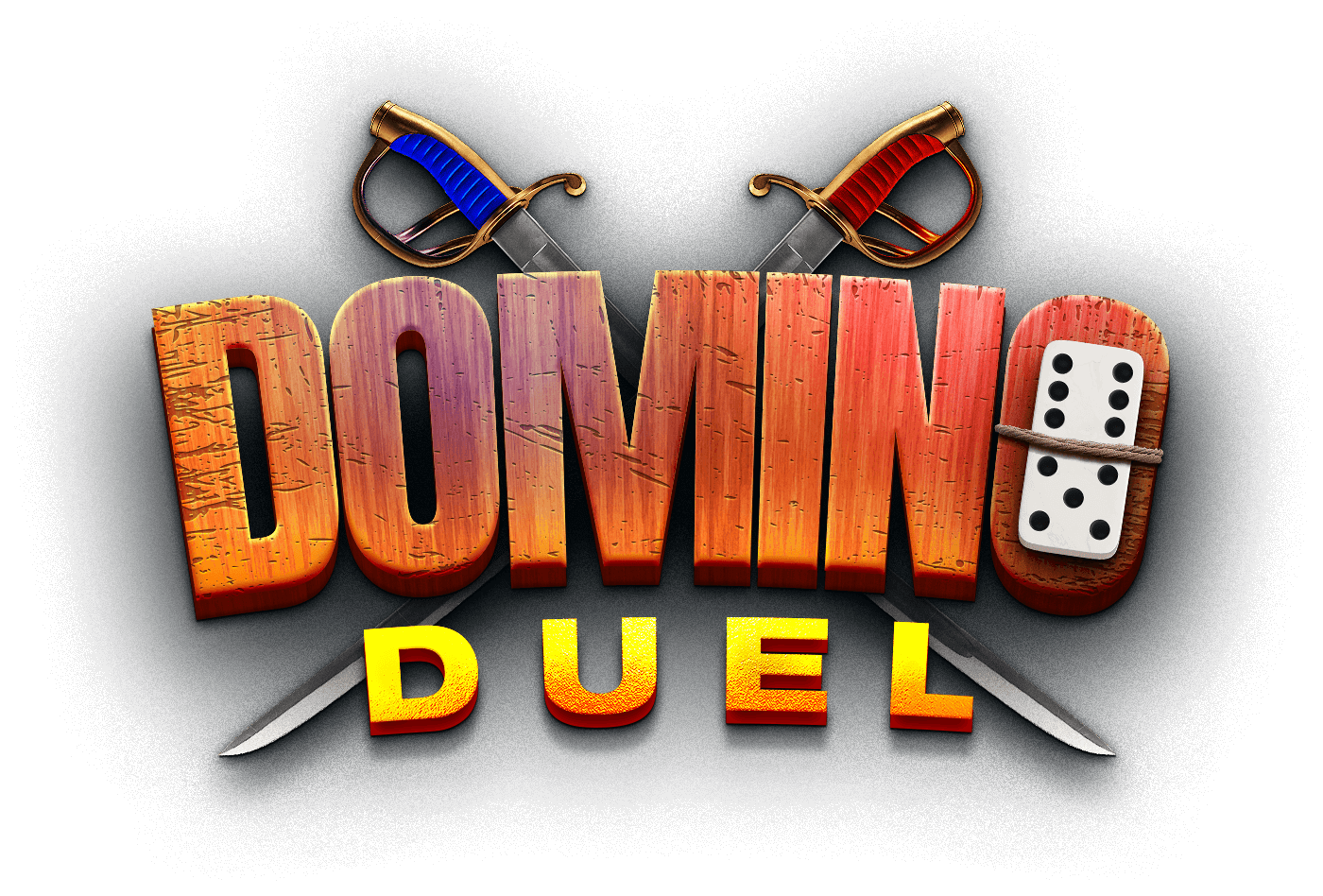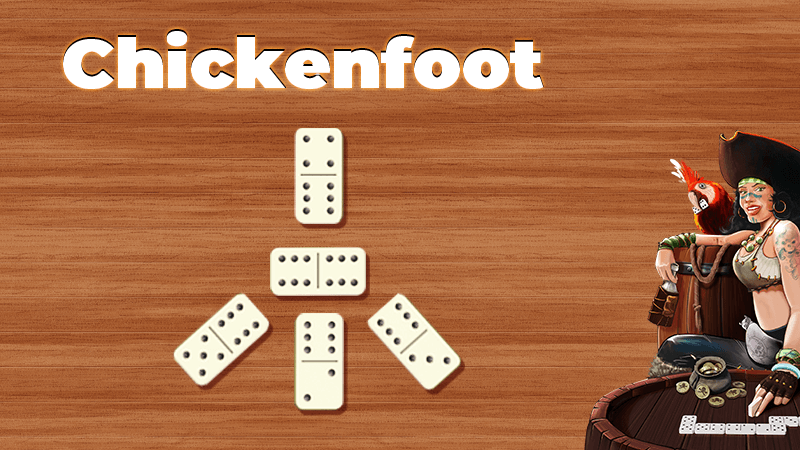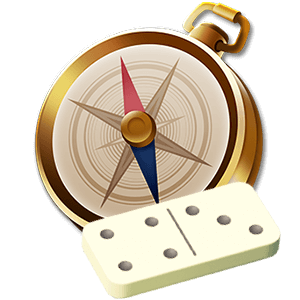
Chickenfoot

The game is named after the chicken foot pattern formed by the tiles when playing. This game is easy to learn but at the same time requires a bit of strategy to win. Here is a breakdown of the rules and gameplay.
Setup
Playing the Game
To start the game, the first player must place a domino from their hand that matches the double, with the matching end touching the double. The next player must then play a matching domino on one of the remaining sides. This process continues until all sides of the double tile are filled. If a player cannot play a matching domino, they must draw one from the boneyard. If the drawn domino does not match, their turn is skipped and the next player takes their turn. No further plays can be made until all four sides of the double are filled.
Chicken Foots
The final layout will resemble a chicken foot, where the double tile is placed perpendicularly on one end, and three additional tiles (chicken toes) are laid on the opposite end. The middle “chicken toe” is placed perpendicularly, while the other two are at 45-degree angles to the perpendicular line.
Scoring Points
End of the Game
Strategy
If a player has a chance to create a Chicken Foot, they should consider doing so, as this can give them a significant advantage in the game. However, players should also be mindful of their opponents and try to block their opponents from creating Chicken Foots whenever possible.
Finally, it is important to be mindful of your own hand and to try to keep your score as low as possible. This may mean holding onto tiles that you don’t need right away or making strategic plays that will keep your score low.
In conclusion, Chicken Foot is a fun and exciting variation of the classic domino game that is great for players of all skill levels. With its fast pace, strategic elements, and special Chicken Foot pattern, Chicken Foot is a great way to test your abilities and have a great time.
This product is intended for people over 18 years of age for entertainment purposes. This game includes in-app purchases. Practice or success in social casino gambling does not imply future winnings in real money gambling and gambling in general.



